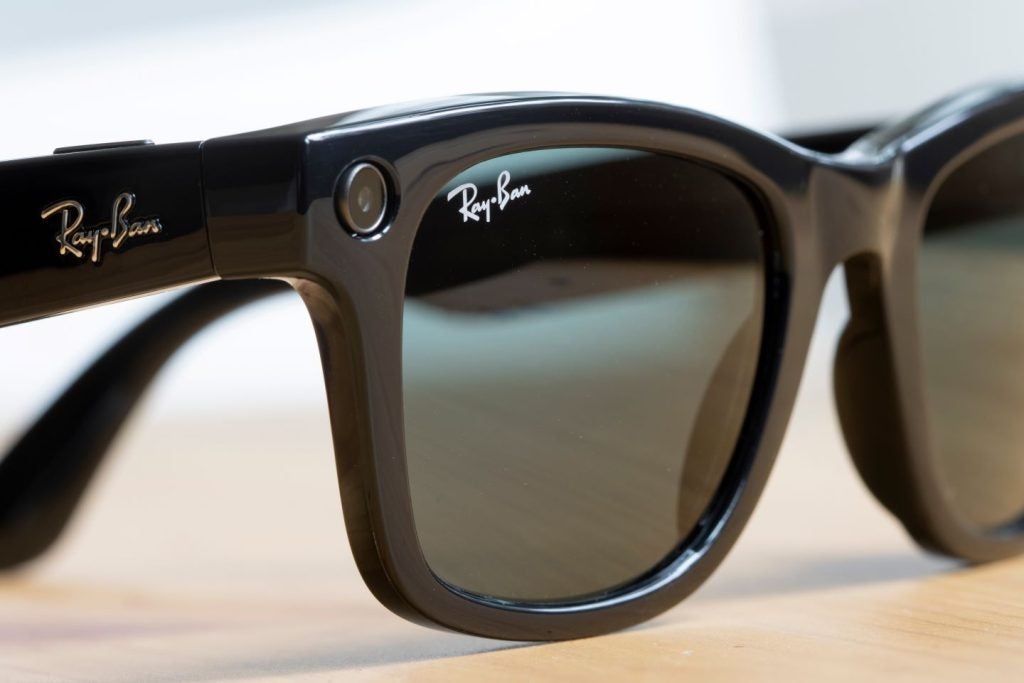Tokyo is much more than just skyscrapers and sushi.
We have picked some of our favorites, so whether you want to learn more about the city’s history and culture by visiting the Imperial Palace or a religious shrine, have fun with the family at Sunshine City or find out about the ancient sport of Sumo, there is something here for everyone.
TSUKIJI FISH MARKET TOUR

The world’s largest wholesale fish market is held here between 5am and 10am every day, except Sundays, and is a truly unique experience that is well worth getting up early for.
During the auctions around 15,000 restaurateurs and food sellers buy from about 17,000 stalls. Although very much a place of work for the sellers and buyers they are used to visitors and it is possible to arrange private tours. The market specializes in tuna and most of it is eaten raw as sashimi, but there are 450 different types of fish available. Just outside the market there are several sushi restaurants open for breakfast.
+81 3 3547 8011
How well do you really know your competitors?
Access the most comprehensive Company Profiles on the market, powered by GlobalData. Save hours of research. Gain competitive edge.

Thank you!
Your download email will arrive shortly
Not ready to buy yet? Download a free sample
We are confident about the unique quality of our Company Profiles. However, we want you to make the most beneficial decision for your business, so we offer a free sample that you can download by submitting the below form
By GlobalDataTsukiji Fish Market, Chuo
IMPERIAL PALACE GARDENS TOUR

The imperial family has lived in this palace since 1590 and the current emperor and his family still live in the western part of the grounds.
The rest of the grounds are divided into public parks with most famous landmark being a double-arched stone bridge that was completed in 1888 as the main entrance to the palace. The gardens are also known for their stunning seasonal flowers which include azaleas and hydrangeas. The Museum of the Imperial Collections is located in the East Garden and showcases a changing exhibition of part of the imperial household treasures. The gardens are open from 9am to 4pm (3.30pm Nov to Feb) Tuesday to Thursday, Saturday and Sunday.
+81 3 3213 2050
MOUNT TAKOA

Located about 30 miles from the center of Tokyo, visitors can easily enjoy the natural beauty of Mount Takoa and many other nearby attractions in a single day trip.
In recognition of its magnificent beauty, the 2007 edition of Michelin’s Voyager Pratique Japon awarded Mount Takao and Mount Fuji the maximum of three stars. Visitors can take the cable car or lift up Mount Takao to a halfway point 1,300 feet up, or climb to the top along one of three trails, each of which takes about one-and-a-half hours. The summit has been designated a Mount Fuji viewing spot by the Ministry of Land, Infrastructure and Transport.
SENSOJI TEMPLE

The Buddhist temple, also known as the Asukusa Kannon, is Tokyo’s oldest temple dating back to the year 645.
Dedicated to the Buddhist goddess of mercy, it features a five-story pagoda, tranquil gardens, impressive paintings in the main hall, an incense burner and statues – including the Nade Botkesan Buddha, which has been polished smooth by visitors rubbing it for good luck. As well as the impressive buildings you will be able to observe the daily rituals that make this temple so special.
MEIJI SHRIE VISIT
Shinto is the original Japanese religion and this shrine is dedicated to the Emperor Mehji and his consort Empress Shoken, who died in 1912 and 1914 respectively.
Trees were donated from all over the world and the shrine was created in 1920. The location encompasses the Treasure Museum, a hall of sacred music and dance, a martial arts training hall, gardens and a café.
BULLET TRAIN TO TOKYO

The ‘Bullet Train’ or Shinkansen is the world’s oldest high speed train network and has been operating since 1964.
There are three types in use: the Nozomi are the fastest and sleekest and only stop at the main stations (including Tokyo and Kyoto). Trains can reach up to 300km per hour, with the journey to Kyoto taking about two and a half hours. Announcements on board are made in both English and Japanese. Once in Kyoto, places to visit include the Kyoto International Manga Museum, the National Museum of Modern Art and the Kyoto Imperial Palace.
21 21 DESIGN SIGHT
Led by fashion designer Issey Miyake, graphic designer Taku Satoh and product designer Naoto Fukasawa this forward-thinking arts center holds diverse exhibitions that are designed to show the world in a different light.
Between June and September there will be an exhibition of the 13-year collaboration between Issey Miyake and the photographer Irving Penn.
SUNSHINE CITY
Opened in 1978, this is Tokyo’s oldest city within the city and has something for all the family.
At the center is Japan’s second tallest building, Sunshine 60, at the top of which is an observation deck where visitors can enjoy stunning views. There is also the Ancient Orient museum and planetarium to visit, as well as shops and restaurants. The aquarium is due to reopen in summer 2011 following a period of refurbishment.
+81 3 3989 3429
SUMO MUSEUM
Holding a whole range of historical artifacts relating to the history of Sumo – including woodwork prints, banzuke (official rankings) and kesho-mawashi (ceremonial aprons) from great competitors of the past – the museum offers a unique glimpse into this important aspect of Japanese cultural history.
During the Grand Tour it is only open to people attending the tournament.







